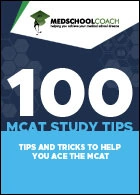
Table of Contents
Gearing up to apply to medical school? While it may be tempting to apply only to the “top” medical schools according to any number of lists you can find online, here’s what I’ve found after decades of serving on admissions committees and advising hundreds of prospective medical students:
The best medical school for YOU is one that you can reasonably get into, aligns with your values, and where you feel confident you will succeed.
There’s no ‘best medical school’ that applies to every student, and that’s why we help our students choose where to apply on a case-by-case basis. That being said, many schools stand out among the rest by virtue of their innovations in medical education.
That’s why our list was created using a combination of the U.S. News & World Report ranking tiers for Primary Care and Research* and a review of the country’s most cutting-edge medical programs and educational curriculum.
Check out our other ranked school lists:
- The Easiest Medical Schools to Get Into
- HBCU Medical Programs in the U.S.
- The Best Caribbean Medical Schools
- Medical Schools that Accept International Students
- The Most Popular Medical Schools (by number of applicants)
- Medical Schools that Don’t Require the MCAT
- 5 Truly Tuition-Free Medical Schools
- The Least Expensive Medical Schools
*Note: Due to concerns with the ranking methodology and its implications, many medical and osteopathic schools have withdrawn from the U.S. News medical school rankings altogether. If a school on our list is missing a rank tier, it may be because they chose not to participate.
1. Duke University School of Medicine
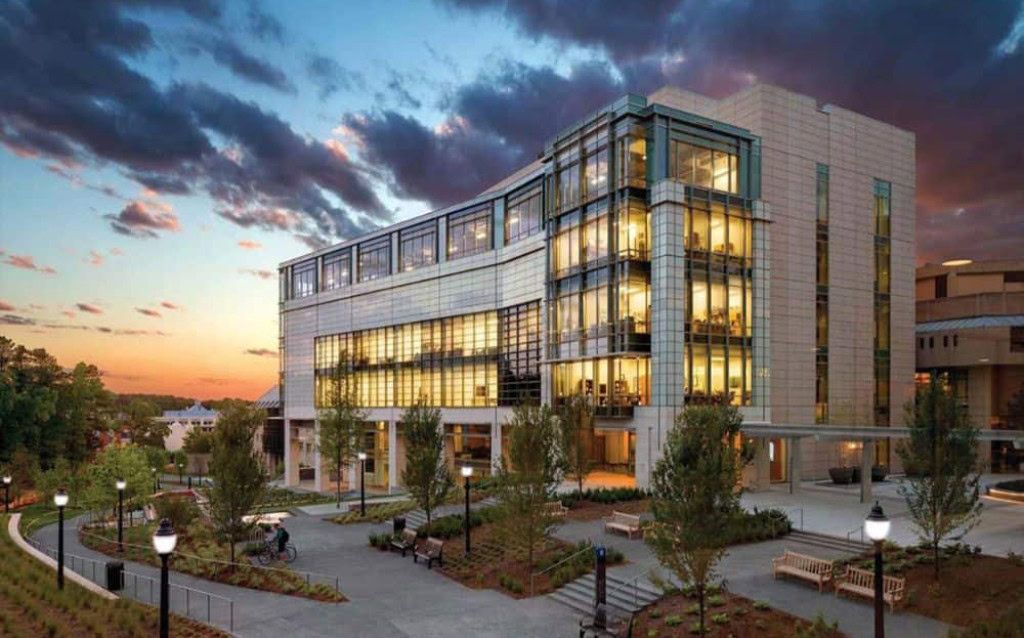
City: Durham, NC
Selectiveness: 91/100
Median GPA: 3.9
Median MCAT: 520
Tuition: $101,487
Instead of doing core clinical clerkships in the third year of medical school, Duke’s School of Medicine puts these in year two of medical education. This condenses traditional training into three years, which allows students to pursue electives and independent interests before applying to residency.

City: Irvine, CA
Selectiveness: 60/100
Tier 2 in Research
Median GPA: 3.87
Median MCA: 517
Tuition: $38,250 (in-state), $50,495 (out-of-state)
University of California: Irvine School of Medicine uses a cutting-edge technology curriculum, paving the way for introducing medical students early on to ultrasound and other healthcare tech. Their newer approach to education is a systems-organized approach called iTEACH, which stands for “Technology-Enhanced, Activity-Coordinated, Humanistic.”
Want to compare medical schools that fit your test scores, GPA, and other unique factors? Use MedSchoolExplorer to browse programs and learn whether your preferred schools are a good academic and locational fit. It’s completely free and customized to your unique profile!
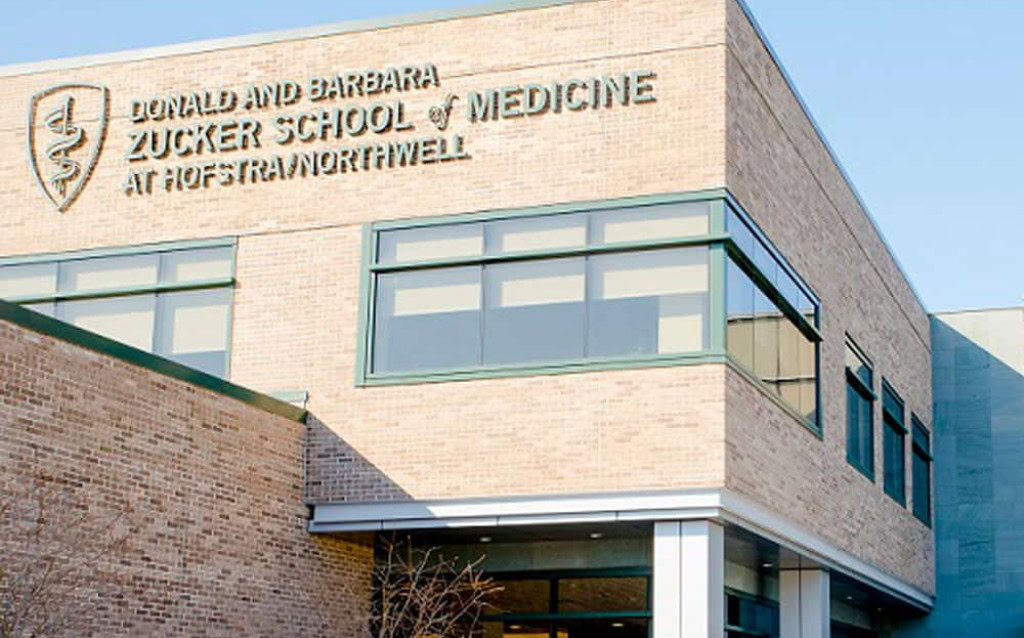
City: Hempstead, NY
Selectiveness: 62/100
Tier 1 in Research
Median GPA: 3.86
Median MCA: 519
Tuition: $58,000
Zucker uses a case/problem-based curriculum known as PEARLS (Patient-centered Explorations in Active Reasoning, Learning, and Synthesis) during the first two years of medical school. This program uses a small group structure with minimal lecture time to increase critical thinking and basic science skills needed for the medical profession.

City: Bronx, NY
Selectiveness: 68/100
Tier 2 in Research
Tier 2 in Primary Care
Median GPA: 3.86
Median MCA: 516
Tuition: $0
You read that tuition correctly — Albert Einstein COM is now completely tuition-free for all students. Not only is this prestigious school one of the most well-known in the country, but they chose to use a generous $1B donation to “ensure that no student at Einstein will have to pay tuition again,” making it possible for qualified students to attend even if they couldn’t have otherwise afforded to do so. Watch this emotional response from students as they find out (just make sure you have a box of tissues nearby!).

City: New York, NY
Selectiveness: 100/100
Median GPA: 3.96
Median MCA: 522
Tuition: $0
Grossman SOM was the first medical school to offer free tuition to all students, regardless of financial merit. They offer innovative education options to students, including an accelerated 3-year program to allow qualified students to begin their medical careers an entire year early. Grossman also uses a holistic application process to ensure students with the brightest potential are accepted, not just those with the best scores.

City: Boston, MA
Selectiveness: 96/100
Median GPA: 3.95
Median MCA: 521
Tuition: $71,032
Harvard University’s medical program is not just one of the most recognized names in medicine — it’s also one of the most consistently innovative and prestigious. From one of the largest medical libraries in the world to prestigious connections with hospitals and research institutions and an unmatched facility, Harvard University provides best-in-class resources to its medical students.
Concerned that your MCAT score isn’t competitive enough for the program of your choice? Our tutoring students increase their practice exam or previous MCAT scores by 12 or more points on average, which can be the difference between your shot at the Ivy League or not.
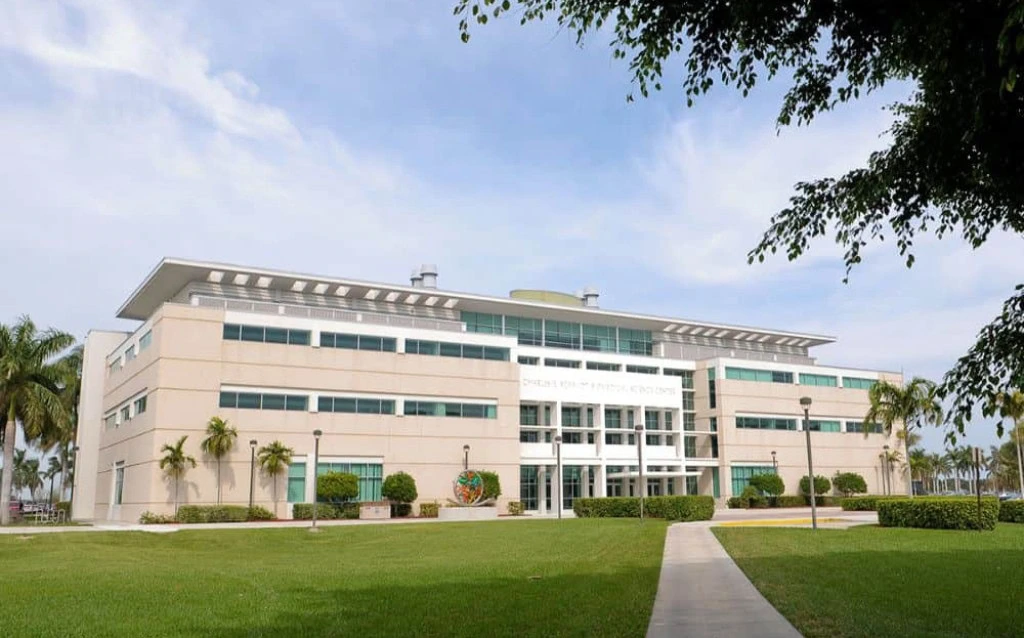
City: Boca Raton, FL
Selectiveness: 32/100
Median GPA: 3.9
Median MCA: 515
Tuition: $28,112 (in-state), $62,532 (out-of-state)
Schmidt has developed a curriculum style to minimize lecture time and, instead, introduce early patient exposure and small class sizes. Their Integrated Patient Focused Curriculum comes from the idea that “future physicians should learn essential basic science information in the context of patient care, case studies, and the practice of clinical skills.” Students get dedicated independent study time and 2-3 half days of clinical experience during their first two years in the program.
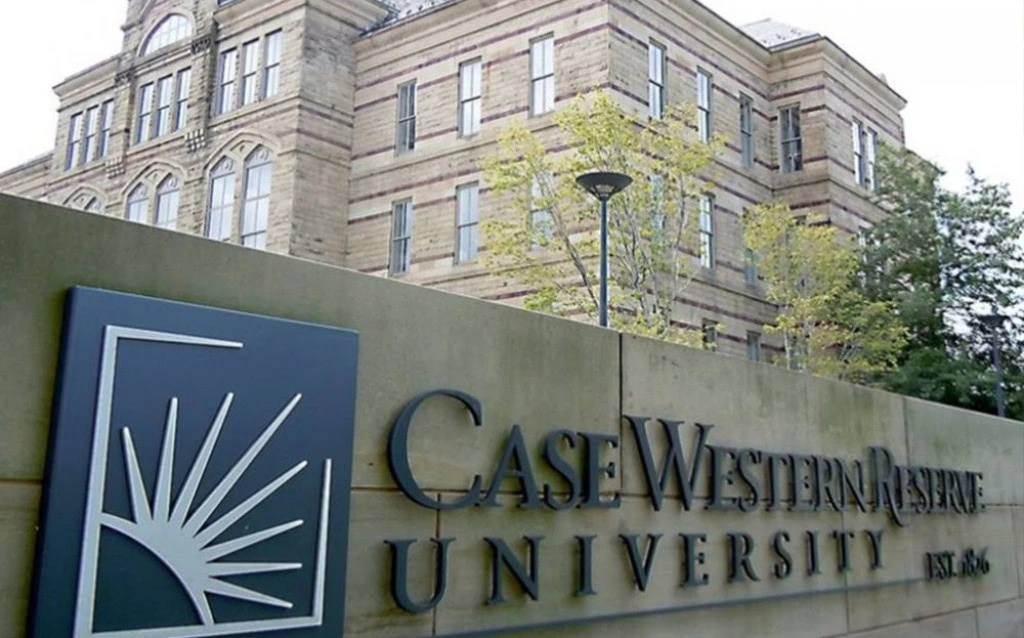
City: Cleveland, OH
Selectiveness: 80/100
Tier 1 in Research
Median GPA: 3.88
Median MCA: 519
Tuition: $0
All students who attend the Lerner College of Medicine at Case Western Reserve University (CCLCM) receive a full-tuition scholarship. They offer an optional 5-year program incorporating a special research component into the MD track, which offers graduating students a special qualification in biomedical research.
Read Next: What Are MD-PhD Programs? Overview & Program List

City: New York, NY
Selectiveness: 88/100
Median GPA: 3.89
Median MCA: 518
Tuition: $70,653
Students at Icahn experience a more relaxed grading experience through the first three years (pass/fail during years 1-2 and honors/high pass/pass in year 3). Shelf exams are also pass/fail. This structure allows for a less stressful experience throughout the demands of medical school. Icahn’s FlexMed program for college sophomores is also a great way for highly qualified students to skip the MCAT and pursue social justice endeavors during a somewhat less rigorous academic load.

City: New York, NY
Selectiveness: 41/100
Median GPA: 3.78
Median MCA: 515
Tuition: $0
Another tuition-free medical program, NYU Long Island SOM has designed a 3-year MD program to allow graduates to begin working as primary care providers as soon as possible. Their program also boasts very small class sizes for individualized attention and support.

City: Baltimore, MD
Selectiveness: 99/100
Median GPA: 3.96
Median MCA: 522
Tuition: $59,700 (waived for a majority of students)
After a $1B donation from Mike Bloomberg, Johns Hopkins joins the ranks of (mostly) tuition-free medical programs. One of the nation’s most prestigious schools of medicine, Johns Hopkins is a leader in medical research and has some of the biggest names in medicine on its faculty roster. Its “Genes to Society” curriculum is a groundbreaking approach to medical learning based on learnings from the Human Genome Project.

City: Nashville, TN
Selectiveness: 5/100
Median GPA: 3.48
Median MCA: 505
Tuition: $55,821 (waived for a majority of students)
One of the most prominent historically Black medical schools, Meharry recently received a $175M donation from Bloomberg Philanthropies to help it continue addressing inequity in the medical profession. This school trains 10% of all Black physicians in the United States.
Runners-Up
Several programs were also on our ‘runners-up’ list, as they are standout medical programs in their own right. Here are some of the other programs I often hear fantastic things about:
- Stanford University School of Medicine (Stanford, CA) — Known for cutting-edge research, innovation, and a highly selective program.
- University of California – San Francisco School of Medicine (San Francisco, CA) — A consistent leader in research and primary care education.
- University of Pennsylvania Perelman School of Medicine (Philadelphia, PA) — Known for high research activity and quality clinical training.
- Columbia University Vagelos College of Physicians and Surgeons (New York, NY) — Recognized for its research initiatives and medical education.
- Mayo Clinic Alix School of Medicine (Rochester, MN) — Distinctive because of its integration with the Mayo Clinic, providing best-in-class clinical training.
- Washington University School of Medicine in St. Louis (St. Louis, MO) — Offers excellent research opportunities and clinical education.
- Yale School of Medicine (New Haven, CT) — Known for its unique educational philosophy that emphasizes independent learning.
- A Sample “Why MD/PhD” Essay (Plus, How to Make Yours Stand Out
- Applying to Med School as a Non-Traditional Applicant
- Medical Ethics in the Med School Admissions Process
- The Best Medical Schools for Non-Traditional Applicants (2025)
Ready to start the med school application process and begin the career of your dreams? Our Physician Advisors can help you through the process from Day One of your undergraduate education (and even before!) to 2X your chance of getting into a medical program.
FAQs
According to research from U.S. News & World Report, the most diverse medical schools in the United States, in order, are:
- Morehouse School of Medicine (Atlanta, GA)
- Meharry Medical College (Nashville, TN)
- Howard University College of Medicine (Washington, D.C.)
- University of California, Davis School of Medicine (Sacramento, CA)
- The University of Vermont Larner School of Medicine (Burlington, VT)
- Florida International University Herbert Wertheim College of Medicine (Miami, FL)
- University of California – Riverside School of Medicine (Riverside, CA)
- The University of New Mexico School of Medicine (Albuquerque, NM)
- Nova Southeastern University Patel College of Allopathic Medicine (Ft. Lauderdale, FL)
- Temple University Lewis Katz School of Medicine (Philadelphia, PA)
Harvard Medical School is frequently considered the ‘best’ medical school by reputation. However, this doesn’t necessarily mean it’s better than other medical programs in terms of curriculum, education, or opportunities. There’s just no such thing as ‘the best medical school’ in reality; it varies person by person.
By order of lowest acceptance rates, these are the 10 most difficult medical schools to get into:
- New York University Long Island School of Medicine — 1.2% acceptance rate
- Virginia Tech Carilion School of Medicine — 2% acceptance rate
- University of California Riverside School of Medicine — 2.3% acceptance rate
- Wake Forest University School of Medicine — % acceptance rate
- George Washington University School of Medicine and Health Sciences — 2.5% acceptance rate
- University of Arizona Tucson College of Medicine — 2.6% acceptance rate
- The Warren Alpert Medical School of Brown University — 2.8% acceptance rate
- UCSF School of Medicine — 2.8% acceptance rate
- Geisel School of Medicine at Dartmouth — 2.9% acceptance rate
- UCLA’s David Geffen School of Medicine — 2.9% acceptance rate
It makes sense to choose medical schools to apply to with a stronger primary care or research bent, based on your preferences (for instance, if you want to have a research-heavy career, apply to research-centric schools). However, you won’t get deeply into any one specialty until residency, and most medical students apply to residency programs across multiple specialties. Because of this, I would hesitate to develop a school list centered around a specific specialty.
Fewer than half of applicants to allopathic and osteopathic medicine programs are accepted in any given application cycle. It’s one of the most competitive professions in the world, and for good reason!
I’ve worked with thousands of students to improve their scores and application to really stand out among the crowd. Here are my best tips for increasing your chances at that coveted “Yes!” (with some handy resources):
- Familiarize yourself with the application process and plan ahead to take the MCAT, get shadowing hours, get clinical experience, plan extracurriculars, and write the various parts of your application with plenty of time to spare. Applicants who apply near the beginning of the cycle have the best shot at getting into med school, even with less impressive scores. Read our guides on applying via AMCAS (for MD schools), AACOMAS (for DO schools), and TMDSAS (for all medical programs in Texas).
- Work closely with your pre-med advisor to make sure you are on track to meet the specific requirements for the schools where you’ll apply. Each medical school’s admission requirements vary slightly, so be careful to understand and use the AAMC’s MSAR database before getting too close to the end of your undergraduate career.
- Score as high as possible on the MCAT by developing a comprehensive, personalized study schedule and focusing on the highest-yield topics. Your MCAT score will often be a make-or-break part of your application — while the average of all matriculants is usually around 511, you’ll notice that these top programs all have average MCAT scores far beyond that. I also recommend working with an MCAT tutor, as this will result in a significantly higher score (our tutoring students score 12 points higher on average than their practice test or previous scores).
- Choose the schools you apply to wisely. Applying to every Ivy League medical school won’t matter if your MCAT score and GPA just aren’t competitive. However, there are plenty of medical programs where you may have a good shot! Use our MSC Score calculator to get a good feel for which schools are a good match for you so that you can build your school list with confidence.
- Make the most of your personal statement and Works & Activities section. When I advise students, one of the major parts of that process is customizing these sections that allow for more essay-format answers to highlight their unique strengths. Here are a few personal statement examples to help you get started.
- If you switched to pre-med later in undergrad and are missing credits, OR if you have a GPA on the low end (under 3.6 or so), consider taking a year after graduation to complete a post-bacc program.
- Do extensive interview prep. About half of the students AdComs request for interviews will get into the program for which they’re interviewing. Make sure you know the best strategies for traditional interviews, how to answer common interview questions, and what to do during an MMI interview.
Work with MedSchoolCoach. I may be biased, but I’ve watched our Physician Advisors help students consistently DOUBLE their chances of getting into medical school for years. I can tell you that medical school admissions consulting is one of the most valuable investments you and your family can make for your future!
Read Next: 15 Best Pre-Med Schools in the US in 2025 & How to Choose One
After previous years of backlash about an unfair ranking system, U.S. News has changed its ratings to a four-tier system, broken into two lists (one for research and the other for primary care). Tier 1 is considered the highest-performing category, whereas Tier 4 programs are the lowest. Within those rankings, schools are listed in alphabetical order on their website (no longer ranked one by one).
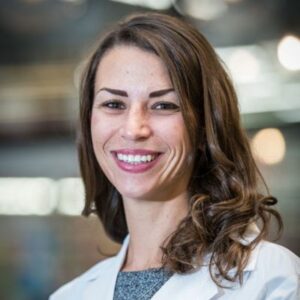
Renee Marinelli, MD
Dr. Marinelli has practiced family medicine, served on the University of California Admissions Committee, and has helped hundreds of students get into medical school. She spearheads a team of physician advisors who guide MedSchoolCoach students.





